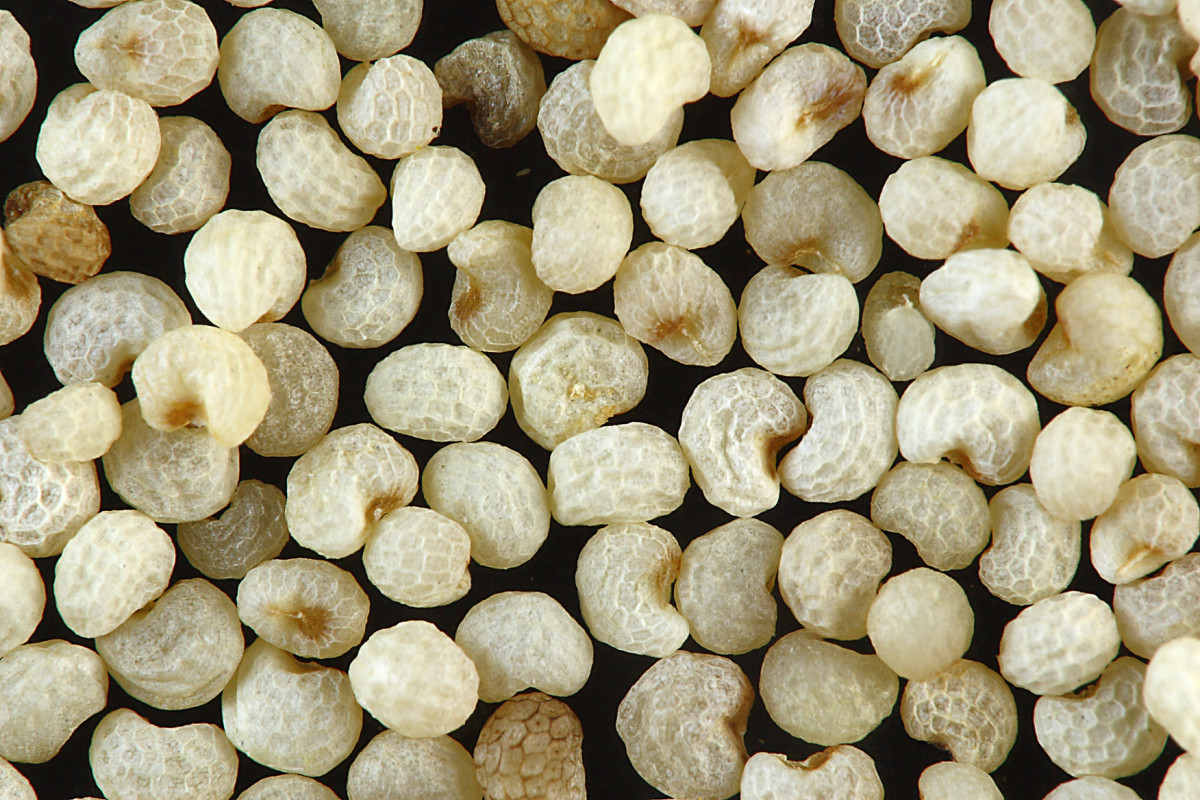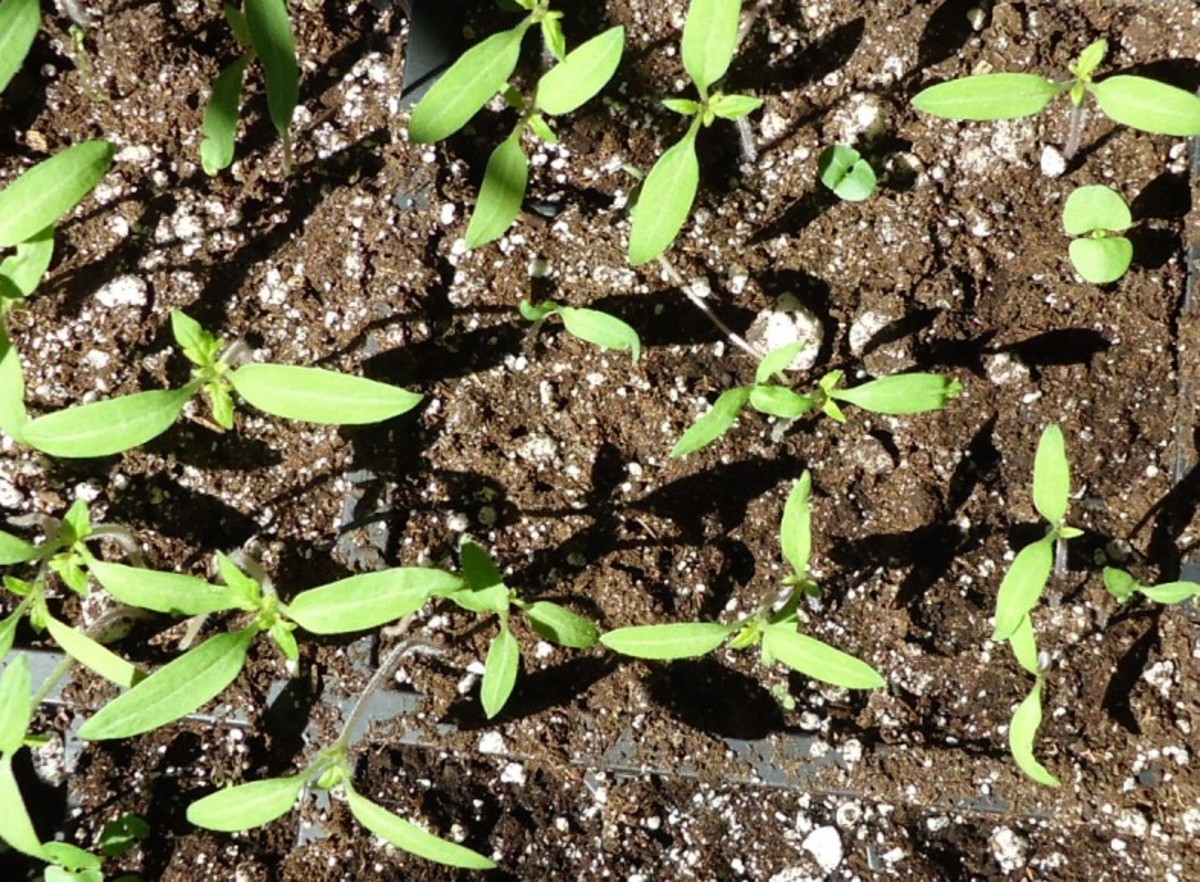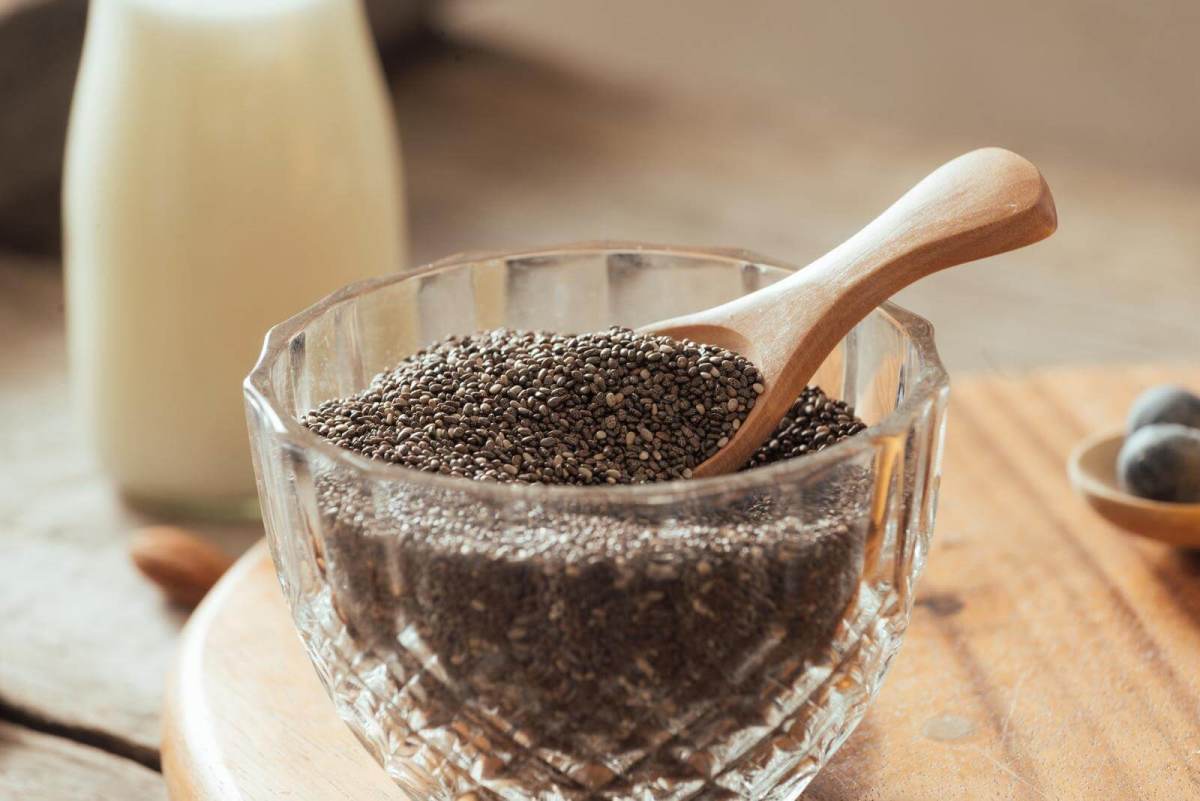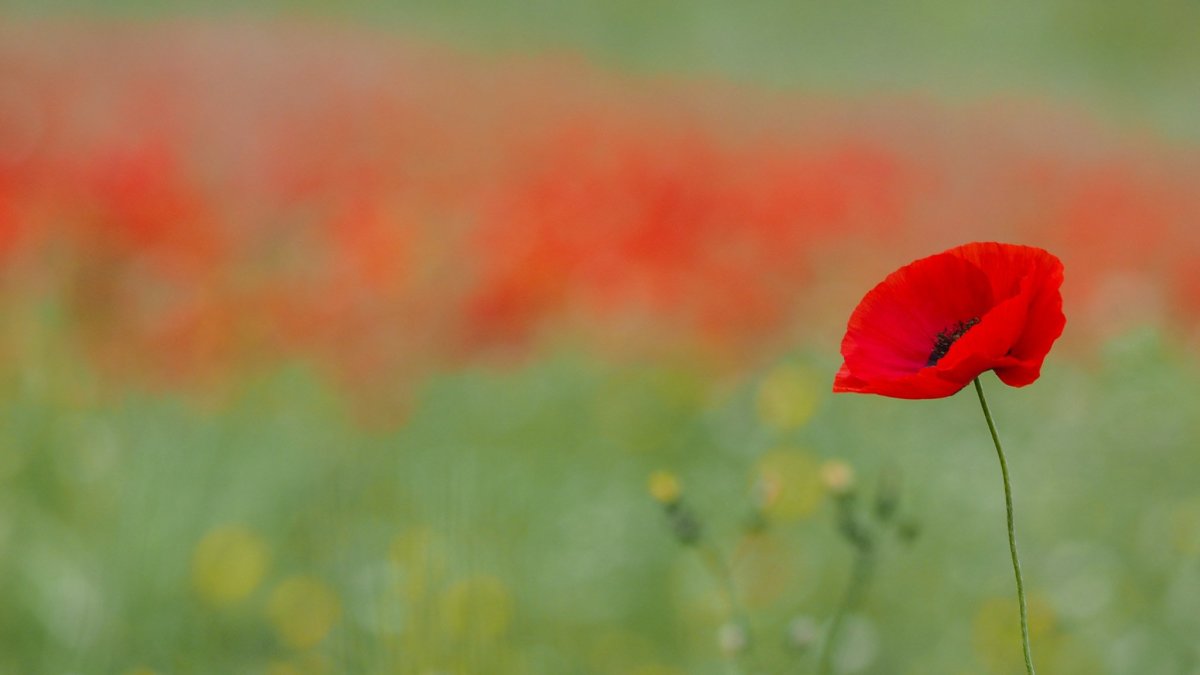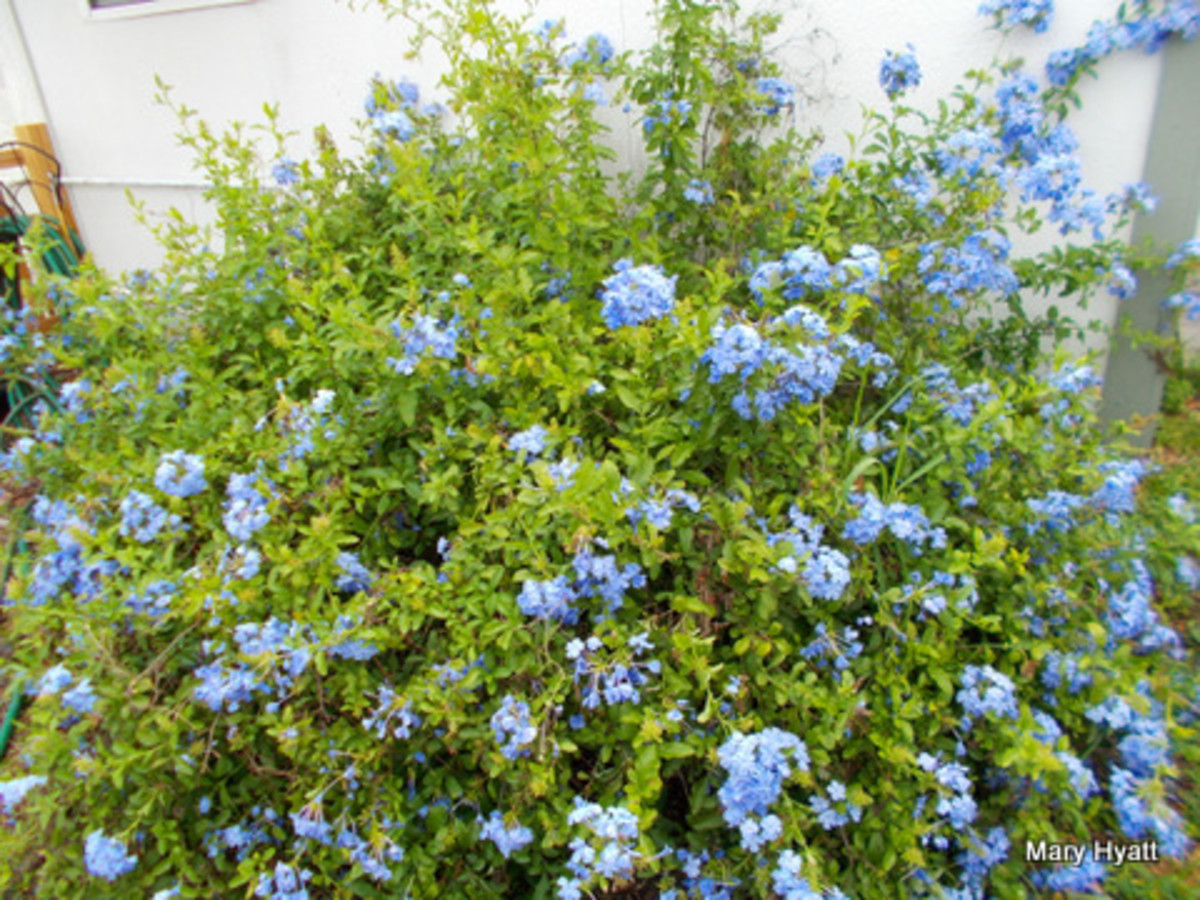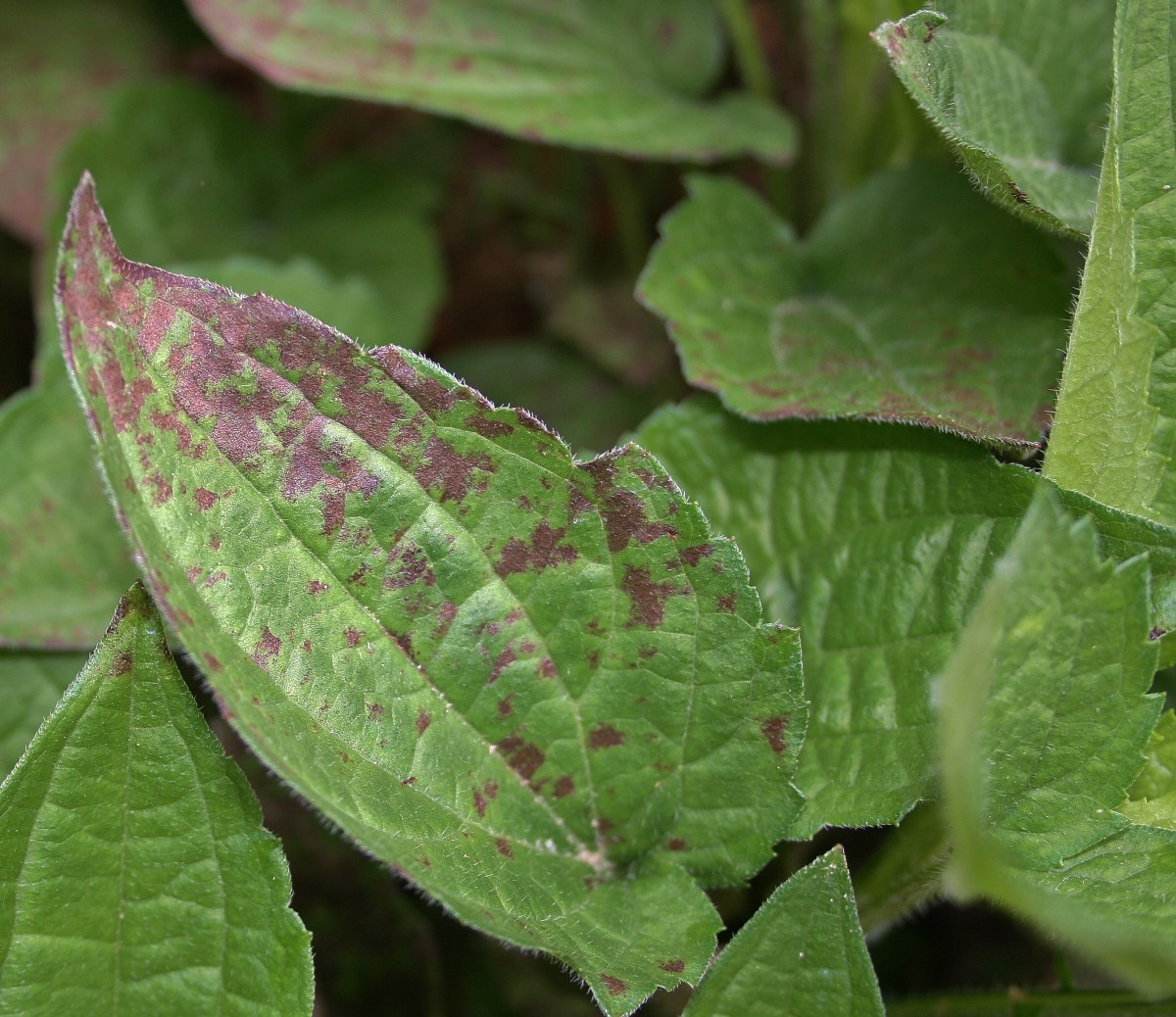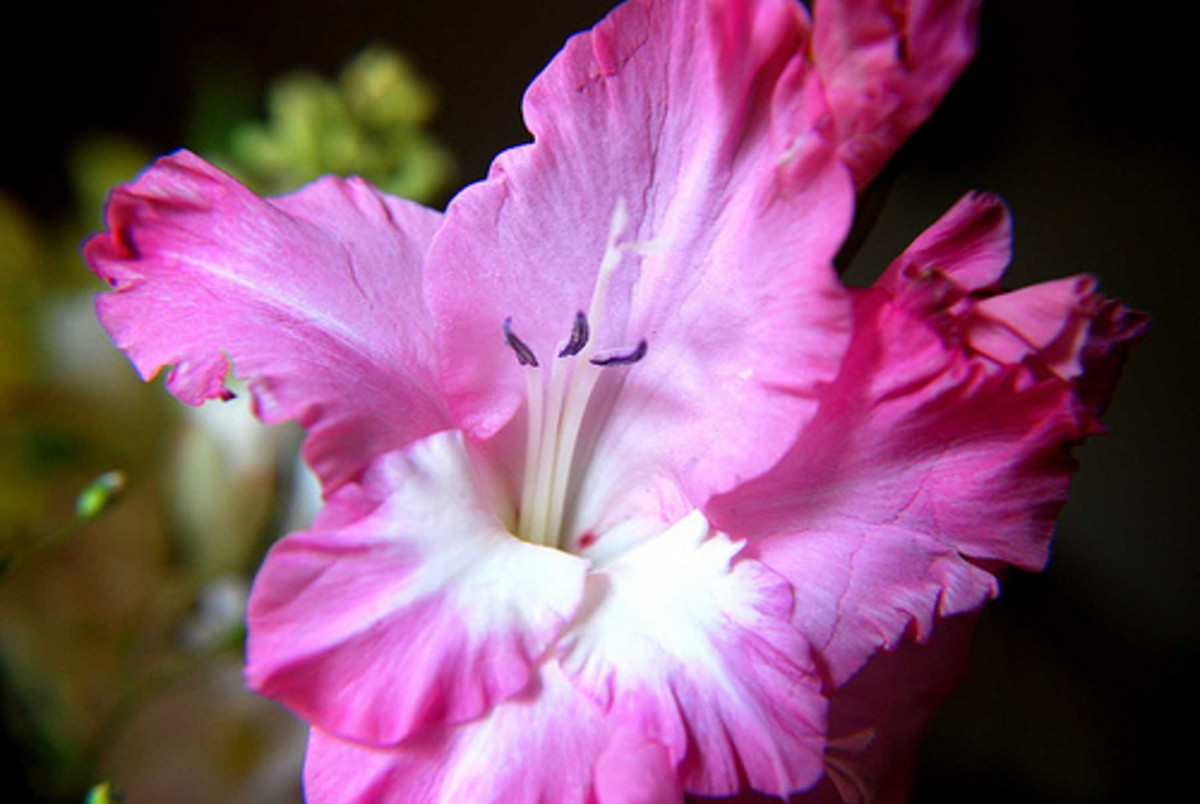Planting Poppy Seeds

Planting poppy seeds will give your garden the most glorious display. Poppies come in all shapes and colors and are delightful to look at, in any garden. They are not fussy growers, tolerating most soil types, and even extended periods of drought.
All poppies ask is a little sun, or to be more precise, a lot of sun with only partial shade, and a little shelter from the winds.
Poppy flowers don't last long either, you only get a few days' display before the petals fall off, exposing the seed head.
For this reason, it is advisable to plant lots of different poppies together so that the display lasts longer.
Poppy seeds can be either annuals or perennials, do make sure you know what type you have when planting poppies.
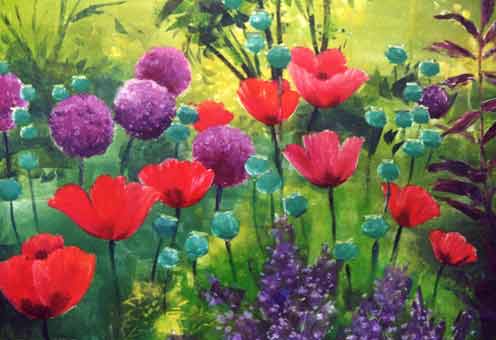
Planting Poppy Seeds and Growing Poppies
Poppy seeds are easy to grow. They are tiny. You may recognise them from the seeds you sometimes see in rolls and bagels you buy.Poppy seeds have many uses in the culinary industry.
The seeds can be started off indoors in cooler areas, planting out the little plantlets when the risk of frost has passed.
If planting straight into the garden, prepare the ground well first by turning it over and eradicating all weeds, and rake the surface smoothly. You may find it easier to mix the seed with sand and carefully scatter over the surface and gently rake in.
If transplanting baby poppy plants, it is a good idea to plant them 6" - 12" apart, to give them room to grow.
Beware the type of poppy seeds you grow.
If the label says 'papaver somniferum' you could be breaking the Law. Check your State legislation before planting papaver somniferum to see if you are allowed to grow them.
Papaver somniferum is more commonly known as the opium poppy, and while you would need to plant a whole field of them to get high, the drug Enforcement Administration (DEA) has decided to ban the planting of them in certain States.
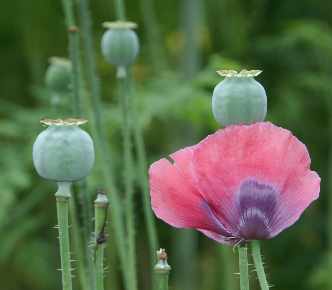
Perennial poppies are only perennial in warmer climates like California.
In cooler areas, poppies happily self seed so you are guaranteed displays year after year anyway, unless you pick all your poppy seeds for use in the kitchen.
If you leave some seed-heads in place on your plants, you will not only feed the birds and small mammals in your garden over winter, you are sure to have a repeat display the following year.
Poppies traditionally grew wild in corn fields, until people realised how pretty they were and started growing them in their gardens.
As poppies grew the world over, with different types in each region, it has not taken long for horticulturalists to develop new strains and colors by crossing one species with another.
That is why today we have hundreds, if not thousands, of different types and colors of poppies.
Autumn Planting of Poppy Seeds
Poppy seeds can also be planted in the autumn.
Simply prepare the ground to a fine tilth and scatter the seeds far and wide.
With any luck they will germinate but lie dormant in the ground until the temperature rises the following spring.
A late warm spell in the weather could encourage them to grow above soil level, where winter frosts could kill them off.
Should this happen, cover the ground with a layer of straw to protect them over the winter.
A good thing about autumn planting is that you are giving your baby poppies a head-start come the spring.
This should ensure lots of flowering plants in time for summer.



